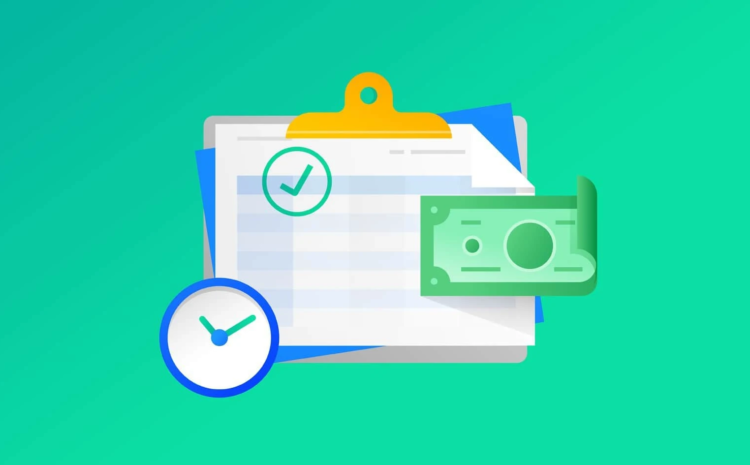
What is a balance sheet?
A balance sheet is a financial statement that provides a snapshot of a company’s financial position at a specific point in time. It summarizes the company’s assets, liabilities, and equity, and it is based on the fundamental accounting equation that states that a company’s assets must equal its liabilities plus its equity.
 The balance sheet is divided into two sections: the assets section and the liabilities and equity section. The assets section lists all of the company’s resources that have economic value and that are expected to provide future benefits. This includes cash, investments, property, and equipment. These assets are further classified into current assets and non-current assets.
The balance sheet is divided into two sections: the assets section and the liabilities and equity section. The assets section lists all of the company’s resources that have economic value and that are expected to provide future benefits. This includes cash, investments, property, and equipment. These assets are further classified into current assets and non-current assets.
Current assets are those assets that are expected to be converted into cash or used up within one year. Examples of current assets include cash, accounts receivable, inventory, and prepaid expenses. Non-current assets, on the other hand, are those assets that are expected to provide future benefits beyond one year. Examples of non-current assets include property, plant, and equipment, intangible assets such as patents, trademarks, and goodwill, and long-term investments.
The liabilities and equity section of the balance sheet lists the company’s obligations to creditors and shareholders. This includes any debts owed to lenders, suppliers, and other parties, as well as any equity that the company has issued to investors.
Liabilities are obligations that require the company to transfer economic resources, such as cash or goods, to another party in the future. Examples of liabilities include accounts payable, loans payable, and taxes owed. Like assets, liabilities are also classified into current  liabilities and non-current liabilities. Current liabilities are those that are expected to be paid within one year, while non-current liabilities are those that will be paid beyond one year.
liabilities and non-current liabilities. Current liabilities are those that are expected to be paid within one year, while non-current liabilities are those that will be paid beyond one year.
Equity represents the residual interest in the company’s assets after deducting its liabilities. It is the amount that the company’s shareholders would receive if all of the company’s assets were sold and all of its liabilities were paid off. Equity includes common stock, retained earnings, and other comprehensive income.
The balance sheet is an important financial statement that provides valuable information about a company’s financial health and its ability to meet its obligations. Investors and creditors use the balance sheet to assess the company’s risk profile and to determine whether it is a good investment or lending opportunity. Additionally, companies use the balance sheet to monitor their financial position and to make decisions about future investments and financing activities. By analyzing the balance sheet, investors and managers can gain insights into the company’s liquidity, solvency, and profitability.
